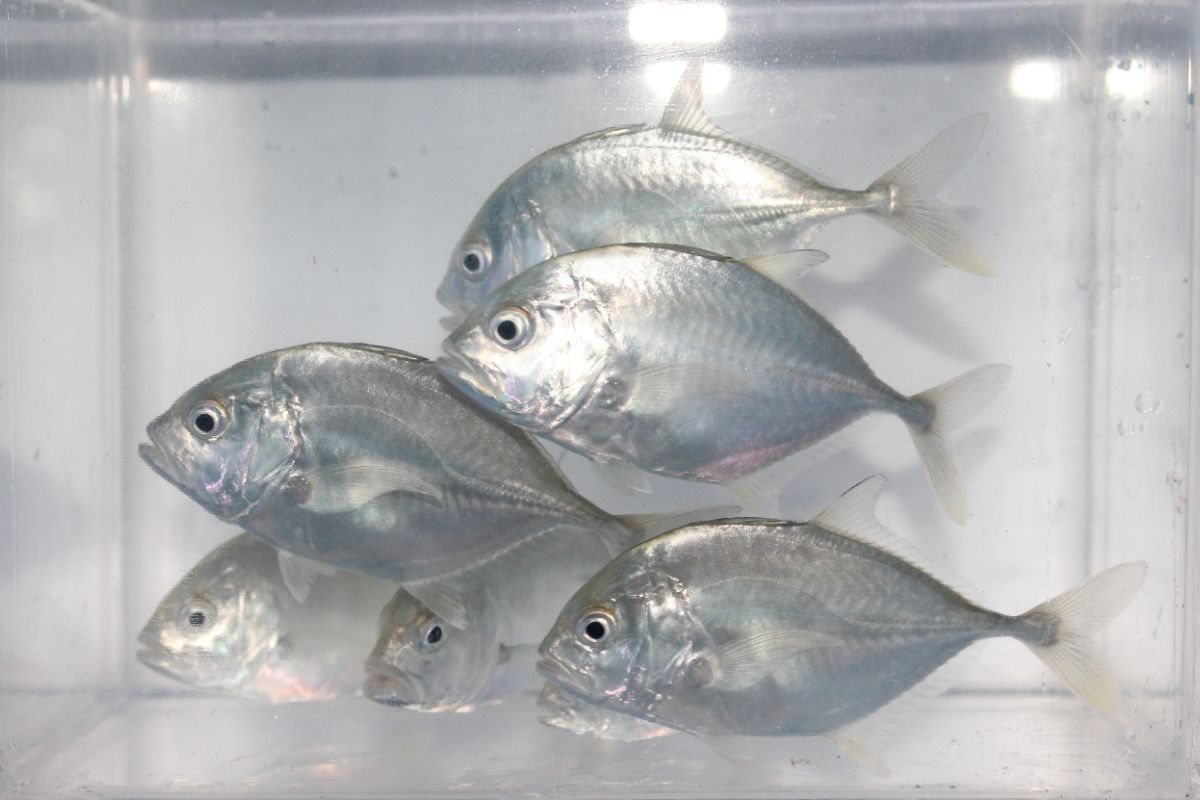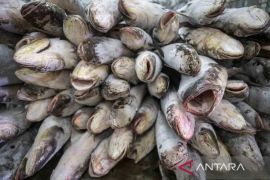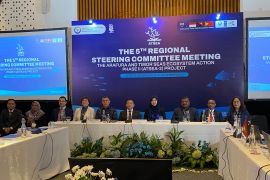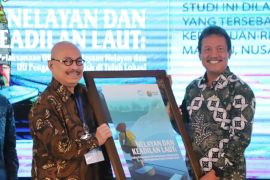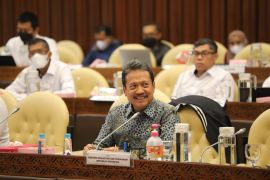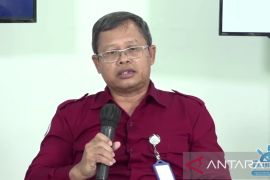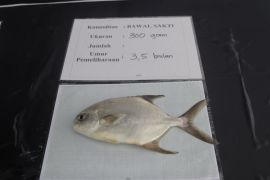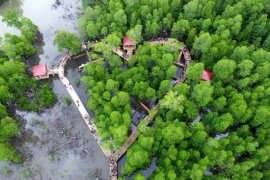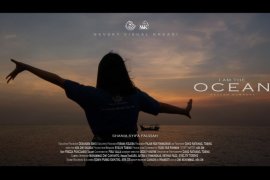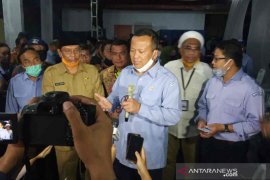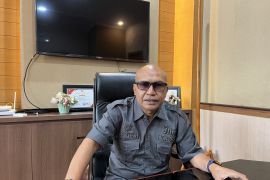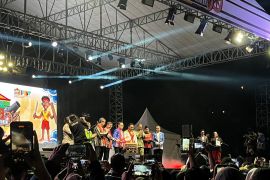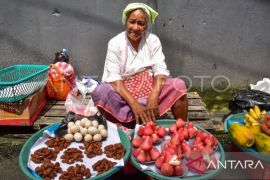As there is high market absorption, the community considers that farming of trevally is quite promising in terms of the diversification of commodities.Jakarta (ANTARA) - The Directorate General of Aquaculture at the Maritime Affairs and Fisheries Ministry has continued to develop trevally fish cultivation technology to boost productivity in the cultivation of fish.
"Through a lengthy process of aquacultural engineering, trevally fish were successfully bred by the technical team of the Marine Cultivation Fisheries Center (BPBL) in Ambon," Director General of Aquaculture at the ministry Tb Haeru Rahayu noted in a press release here on Friday.
Rahayu remarked that the fish -- locally known as ‘ikan bubara’ or ‘ikan kuwe’ -- has a high market absorption owing to its delicious taste. However, earlier, the market demand for fish was only met by marine fishing.
“The fish is a marine fishery commodity that has high economic value, as it is very popular, particularly among people in the eastern region of Indonesia. Almost all restaurants there serve fish as a special menu since it is known to be delicious," he stated.
Related news: KKP ensures fishery equipment compliant with sustainability regulation
Furthermore, in 2020, BPBL Ambon also succeeded in producing 149 trevally broodfish and distributing assistance of up to 23 thousand trevally fish seeds to fish farmers in their working areas.
In addition to developing hatchery techniques to produce high-quality seeds, BPBL Ambon has also come up with the technology for farming trevally in floating net cages (KJA).
"The seeds and technological assistance for fish farmers will continue to be encouraged, so more cultivators will derive the economic benefits of trevally," Rahayu remarked.
Meanwhile, associate expert engineer of BPBL Ambon, Hariyano, who has been involved in the cultivation of trevally since 2008, stated that fish was one of the popular breeds among farmers, who use KJA in Maluku, due to its fast growth rate that only takes five to six months to reach the ideal size for consumption.
In addition, he noted that the fish breed was quite resistant to disease, easy to feed, and has a high survival rate of up to 90 percent.
Related news: Experts push for up-to-date management of fishery sector data
"The fish also fetches a high selling price. In Ambon City, it can reach Rp65,000-Rp80,000 per kilogram (kg), with two to three fish in each kg. The price is quite stable and not affected by the COVID-19 pandemic. Thus, the number of cultivators interested in farming the fish using KJA keeps increasing," he stated.
Furthermore, the expert engineer noted that the high water quality was one of the important factors in the fish farming business.
Hence, as Maluku Province has suitable water resources to maximize the growth of trevally, the cultivation of fish using KJA has developed quickly in Ambon City, West Seram District, Tual City, and Southeast Maluku District.
“As there is high market absorption, the community considers that farming of trevally is quite promising in terms of the diversification of commodities. They also cultivate grouper in KJA, although currently, the sale of the fish is still focused on the local market due to its nature as a pelagic fish that makes it difficult to be sent in large quantities," Hariyano stated.
Related news: President Jokowi rewards 2020 Paralympics athletes
Related news: Door-to-door vaccinations are part of efforts to expedite inoculation
Translator: Razi Rahman, Uyu Liman
Editor: Fardah Assegaf
Copyright © ANTARA 2021
